Home>Ideas and Tips>How to Choose and Install the Right Bathroom Fan with a Humidity Sensor
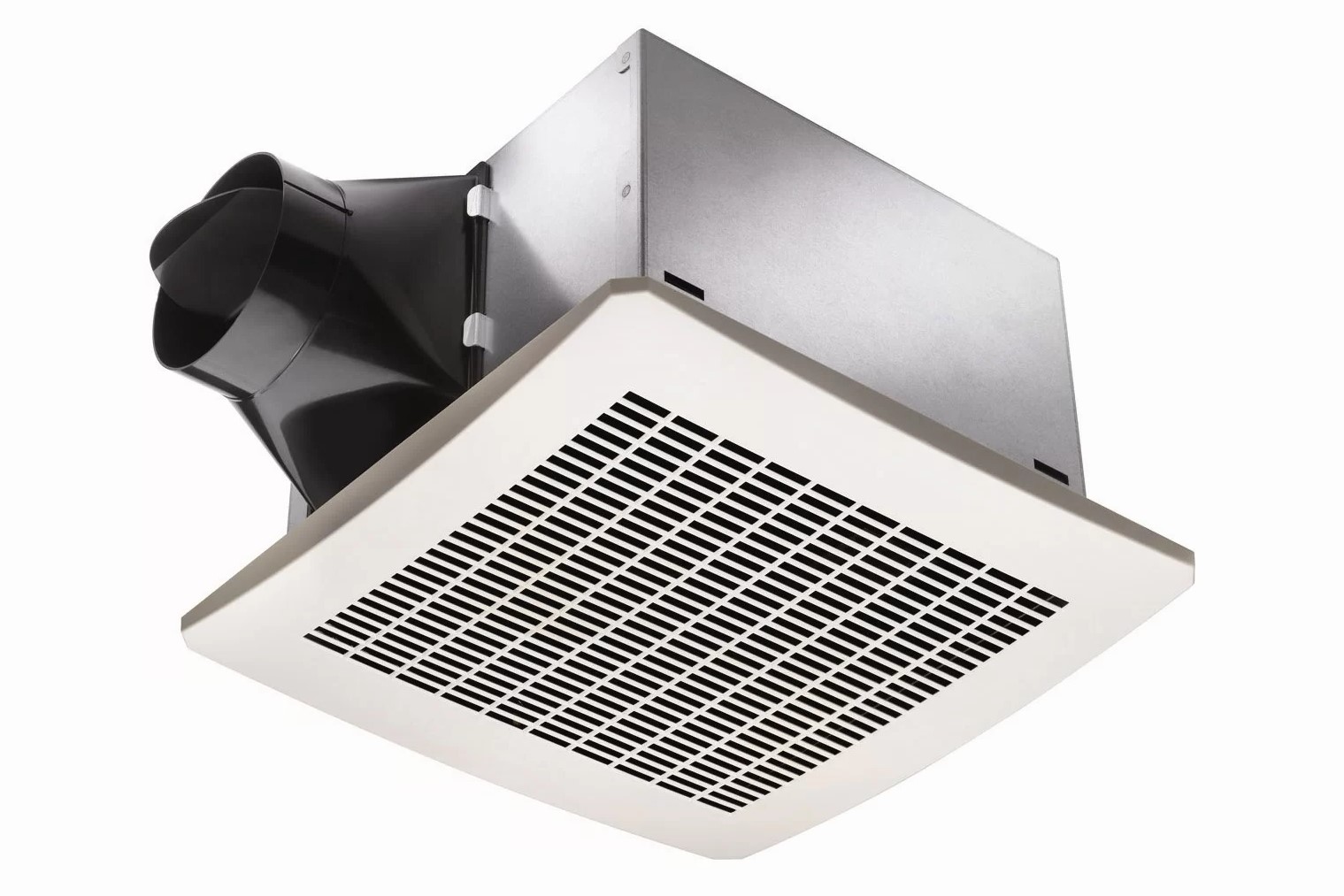

Ideas and Tips
How to Choose and Install the Right Bathroom Fan with a Humidity Sensor
Modified: October 28, 2024
Learn how to choose and install the perfect bathroom fan with a humidity sensor to improve air quality and prevent mold. Step-by-step guide included.
(Many of the links in this article redirect to a specific reviewed product. Your purchase of these products through affiliate links helps to generate commission for Storables.com, at no extra cost. Learn more)
Choosing the right bathroom fan is crucial for maintaining good indoor air quality and preventing moisture-related issues like mold and mildew. A humidity-sensing bathroom fan can automatically turn on when the humidity level in the bathroom rises, ensuring that the air is constantly being ventilated. In this article, we will guide you through the process of selecting and installing a bathroom fan with a humidity sensor.
Why You Need a Bathroom Exhaust Fan
Before diving into the specifics of choosing and installing a bathroom fan with a humidity sensor, it's essential to understand why these fans are necessary. Bathroom exhaust fans are designed to remove humid air and odors from the bathroom, which can accumulate from showers, tubs, and other fixtures. If left unventilated, this moisture can lead to serious issues such as rot, peeling paint, and an ideal environment for mold and mildew growth.
Symptoms of Poor Indoor Air Quality
Poor indoor air quality in bathrooms can manifest in several ways, including:
- Frequent Headaches: High levels of moisture and poor ventilation can lead to headaches due to the buildup of carbon dioxide and other gases.
- Dryness and Irritation: Dry skin, eyes, nose, throat, and other irritations are common symptoms of poor air quality.
- Fatigue: Prolonged exposure to poor air quality can cause fatigue and general discomfort.
- Shortness of Breath: In severe cases, poor ventilation can lead to shortness of breath due to the accumulation of pollutants.
Factors to Consider When Choosing a Bathroom Exhaust Fan
When selecting a bathroom exhaust fan, there are several factors you need to consider to ensure that you get the right one for your needs.
Size of the Bathroom
The size of your bathroom is one of the most critical factors in choosing an exhaust fan. The fan's CFM (Cubic Feet per Minute) rating determines how much air it can move in a minute. A general rule of thumb is to choose a fan that generates at least 1 CFM per square foot of floor area. For example:
- Bathrooms 50 square feet or smaller: A 50-CFM fan is sufficient.
- Bathrooms between 50 and 100 square feet: Estimate approximately 1 CFM per square foot.
- Bathrooms larger than 100 square feet: Plan for 50 CFM for each toilet, tub, and shower, and add 100 CFM for a jetted tub.
Noise Level
The noise level of the fan is another important consideration. The industry standard for measuring noise is called sones. A quiet bathroom exhaust fan will be rated at about 1 1/2 sones or less. This means that if you prefer a very quiet environment, you should look for fans with low sone ratings.
Energy Efficiency
Energy-efficient fans are a good choice as they use less power and are environmentally friendly. Many energy-efficient fans have earned an ENERGY STAR label, which indicates that they use about 60 percent less energy than standard bathroom fans.
Mounting Options
Bathroom fans come in three main mounting options: ceiling mounts, wall mounts, and both. Ceiling installation is the most common but choose the mount type that works best with your bathroom's layout and home's ducts.
Special Features
In addition to basic functionality, there are several special features you might want to consider when choosing a bathroom exhaust fan:
- Humidity Sensing: Fans with humidity sensors detect the moisture levels in the air and turn on and off automatically in response.
- Motion Sensing: Often paired with humidity sensors, motion sensors detect movement in the bathroom, turning the fan on as a person enters the room and turning it off after detecting no movement for a set amount of time.
- Fan/Lights: Some fans come equipped with lights, which can be either bulb-lit or LED-module driven. Some even have LED lights that continuously fight bacteria, mold, and mildew.
- Bluetooth-enabled Fans: These fans allow you to connect your phone to the fan upon entering the bathroom and listen to your favorite tunes while you shower.
- Fans with Heaters: Built-in heaters improve warm air circulation and keep you comfortable even after you step out of the shower or bath.
- Decorative Fans: These fans are designed to blend in with your existing bathroom fixtures and can be recessed into the ceiling to hide the ventilation.
How to Choose the Right Humidity-Sensing Bathroom Fan
When selecting a humidity-sensing bathroom fan, consider the following:
Brand and Quality
Look for reputable brands known for producing high-quality products. Brands like Broan-NuTone, Holmes, and Hunter offer a range of bathroom exhaust fans with various features including humidity sensors.
CFM Rating
Ensure that the fan's CFM rating is appropriate for your bathroom size. A higher CFM rating means the fan can move more air per minute, which is crucial for larger bathrooms or those with multiple fixtures.
Humidity Sensor Accuracy
The accuracy of the humidity sensor is crucial. Look for fans with sensors that can detect changes in humidity levels accurately and respond accordingly.
Additional Features
Consider additional features such as motion sensing, built-in lights, or Bluetooth connectivity if they align with your needs and preferences.
Reviews and Ratings
Read reviews from other customers to get an idea of how well the fan performs in real-world scenarios. Pay attention to comments about the fan's reliability, noise level, and overall effectiveness.
How to Install a Humidity-Sensing Bathroom Fan
Installing a humidity-sensing bathroom fan is relatively straightforward but requires some basic DIY skills and attention to safety precautions.
Tools Needed
Before starting the installation process, gather all necessary tools:
- Socket wrench or screwdriver
- Wire strippers
- Pliers
- Tape measure
- Level
- Duct tape
Step-by-Step Installation Guide
-
Turn Off Power: Ensure that the power to the bathroom is turned off at the main electrical panel. Verify that there is no power flowing to the fan using a voltage tester.
-
Remove Old Fan: If you are replacing an existing fan, remove it carefully. Disconnect any wiring and remove any screws holding it in place.
-
Measure Duct Size: Measure the size of your existing ductwork to ensure that the new fan's duct connector matches it. If necessary, purchase an adapter or new ductwork.
-
Install New Fan: Mount the new fan securely to the ceiling using screws provided. Make sure it is level and securely fastened.
-
Connect Wiring: Connect the wiring according to your fan's instructions. Typically, this involves connecting black wires (hot) together and white wires (neutral) together. Use wire strippers if necessary.
-
Install Humidity Sensor: If your fan comes with a humidity sensor, follow its specific installation instructions. This may involve attaching sensors to the fan housing or connecting them to an external sensor unit.
-
Test Fan: Turn on power at the main electrical panel and test your new fan by running it through its full cycle (on and off). Ensure that it is working correctly and responding to changes in humidity levels.
-
Adjust Settings: Adjust any settings such as fan speed or humidity threshold according to your preferences using any provided controls or apps associated with smart fans.
Tips for Maintenance and Troubleshooting
Regular maintenance is crucial for ensuring that your humidity-sensing bathroom fan continues to function effectively over time.
Regular Cleaning
- Fan Blades: Clean fan blades regularly using a soft brush or cloth to remove dust buildup.
- Grille: Clean the grille regularly using a damp cloth to remove any debris accumulated over time.
Humidity Sensor Calibration
If you notice that your humidity sensor is not responding accurately, you may need to calibrate it according to your fan's instructions.
Troubleshooting Common Issues
Common issues with humidity-sensing fans include:
- Fan Not Turning On: Check if power is turned on at the main electrical panel and ensure that wiring connections are secure.
- Sensor Not Responding: Check if humidity sensor is properly calibrated and ensure that it is not blocked by any obstructions.
- Fan Making Noise: Check if fan blades are properly aligned and ensure that there are no loose screws holding it in place.
Read more: How To Choose And Install The Right Toilet
Conclusion
Choosing and installing the right humidity-sensing bathroom fan is crucial for maintaining good indoor air quality and preventing moisture-related issues like mold and mildew growth. By considering factors such as size of the bathroom, noise level, energy efficiency, mounting options, special features like motion sensing or Bluetooth connectivity, brand quality, CFM rating accuracy of humidity sensors additional features reviews ratings tools needed step-by-step installation guide tips maintenance troubleshooting common issues you can ensure that you select install optimal solution meeting specific needs preferences effectively efficiently long-term basis improving overall comfort safety living space significantly enhancing quality life everyone household members alike
Was this page helpful?
At Storables.com, we guarantee accurate and reliable information. Our content, validated by Expert Board Contributors, is crafted following stringent Editorial Policies. We're committed to providing you with well-researched, expert-backed insights for all your informational needs.
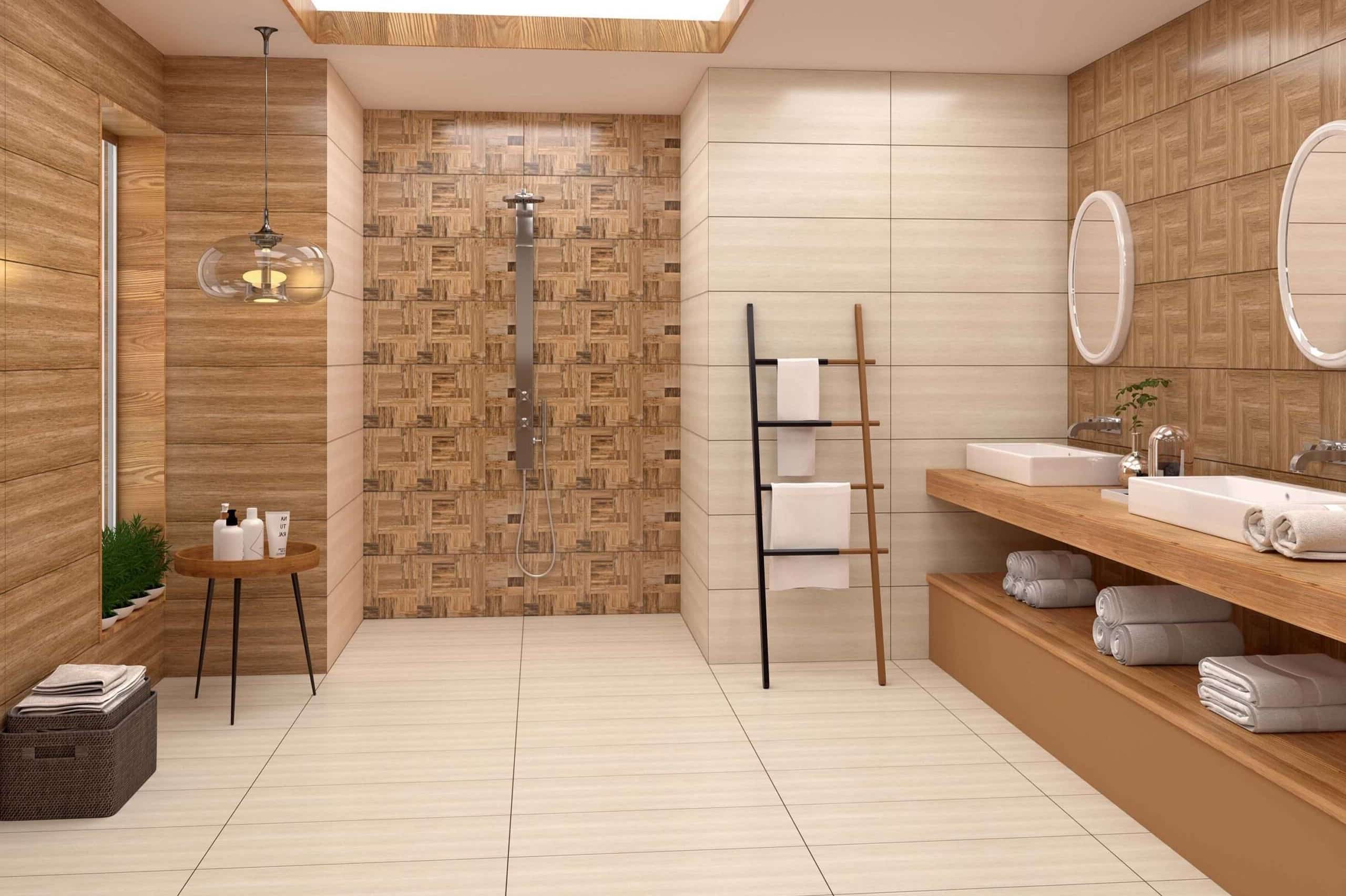
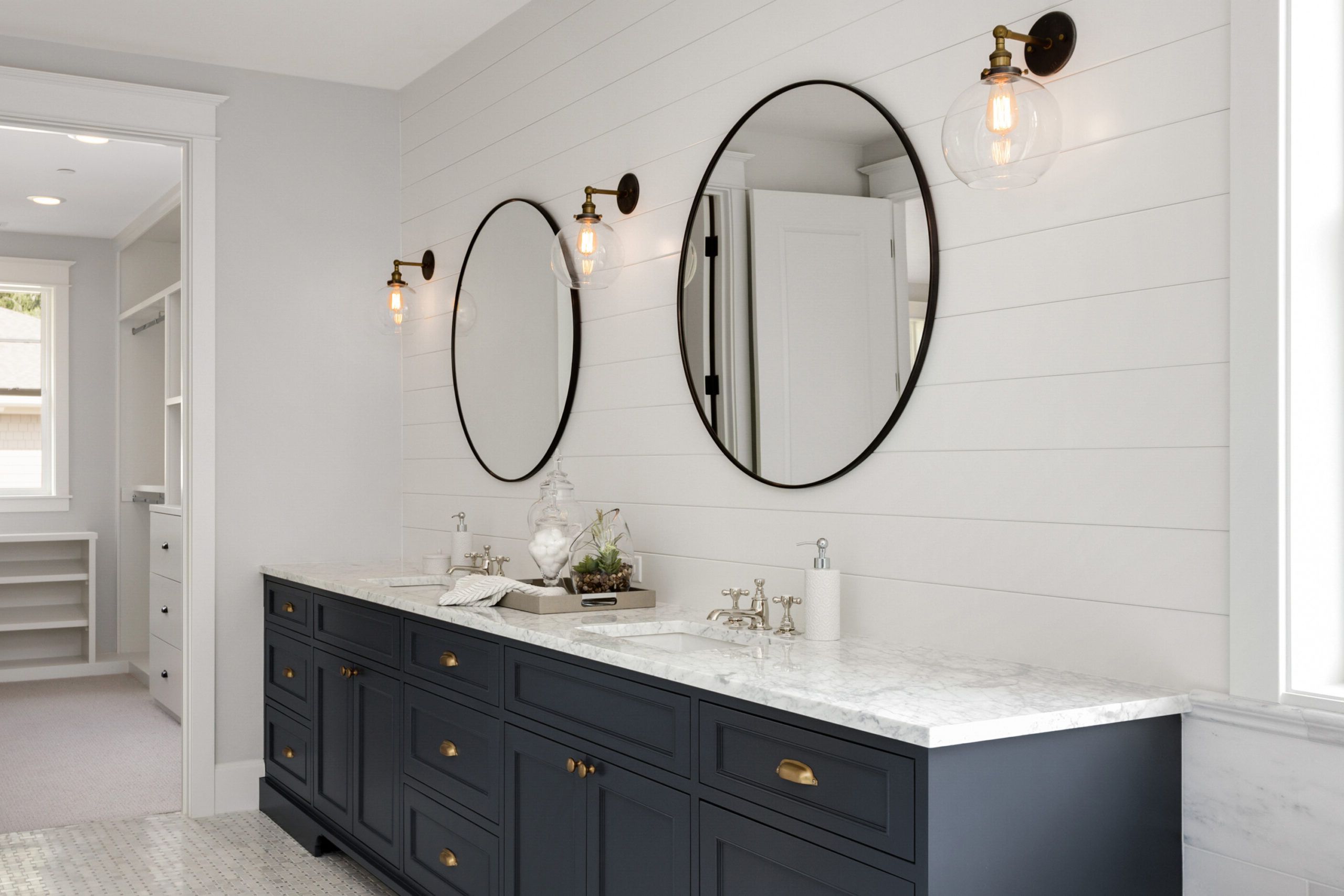
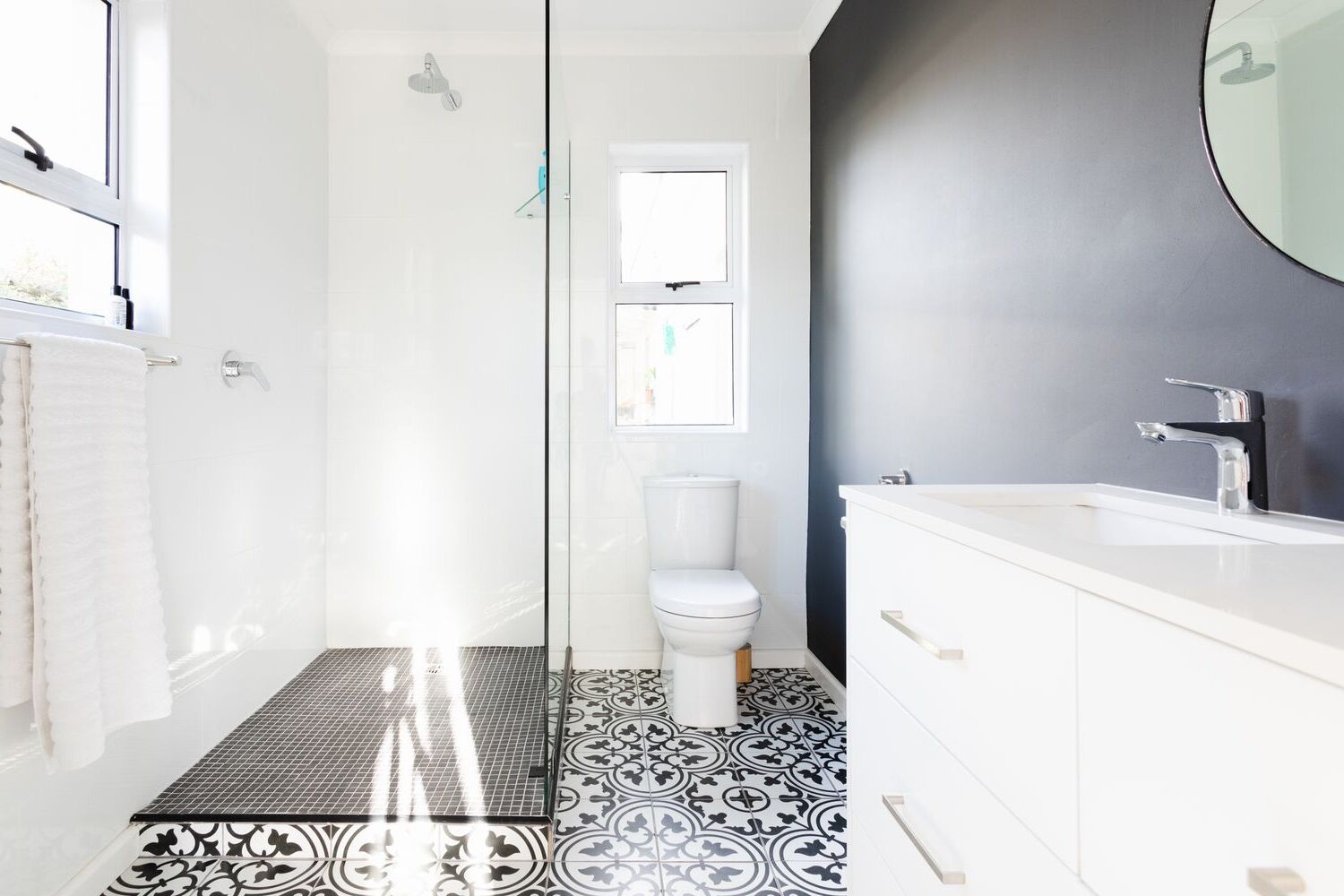
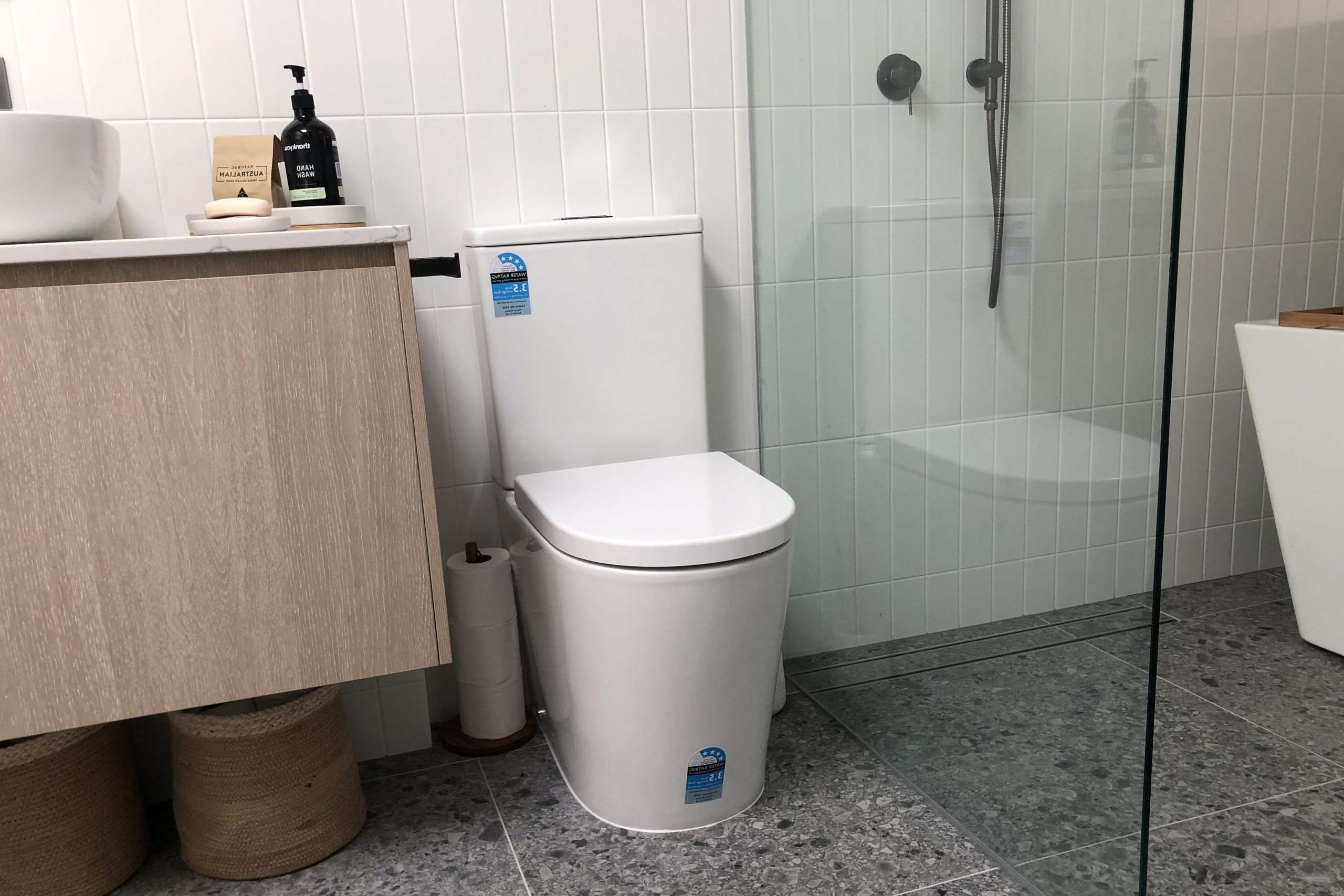


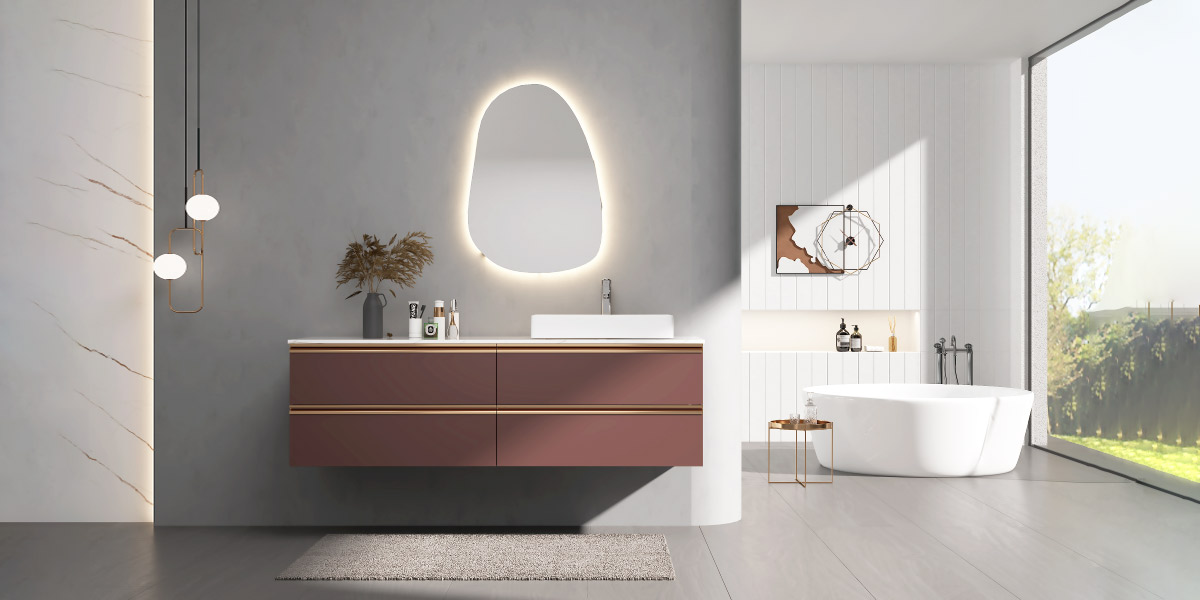
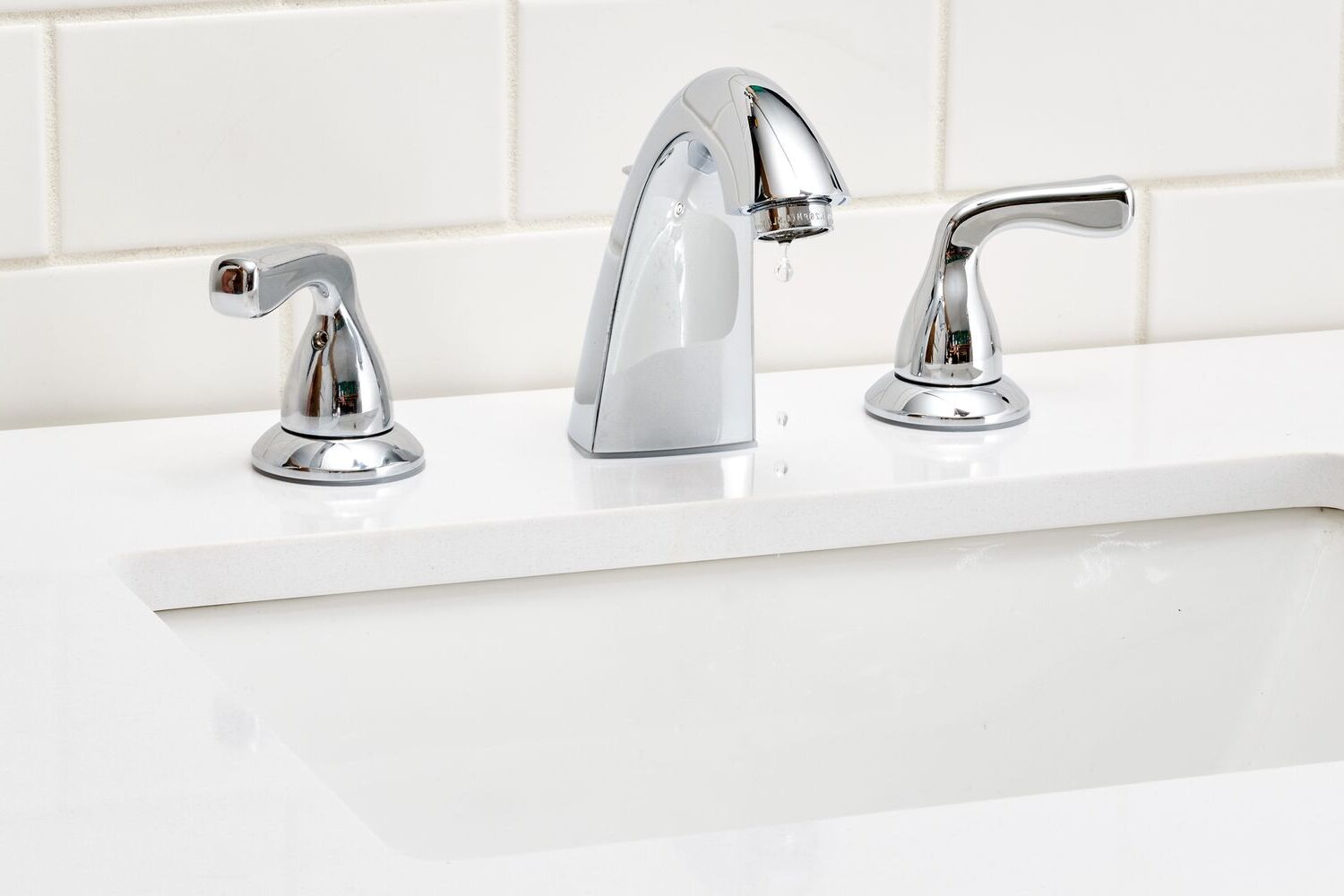
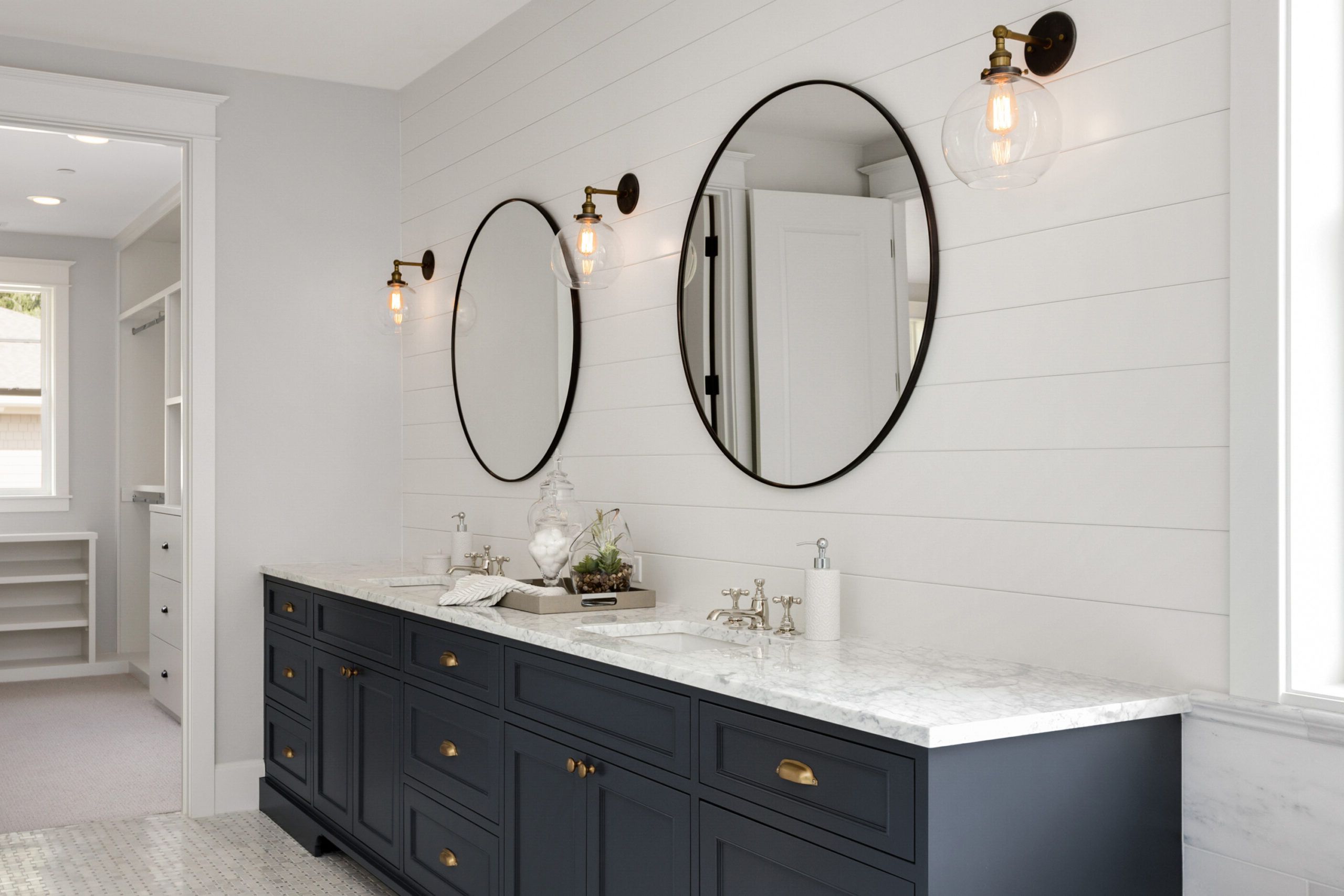
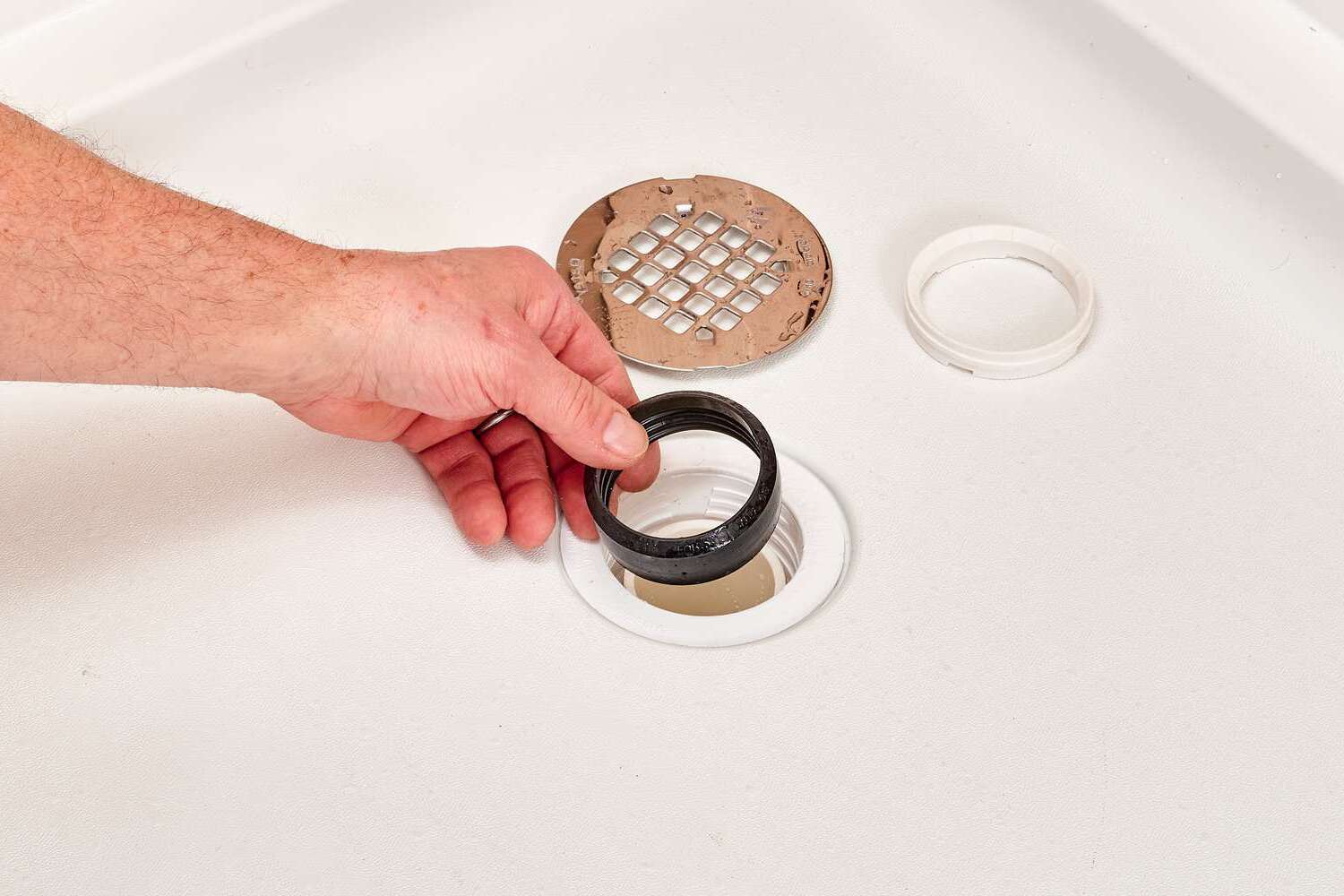

0 thoughts on “How to Choose and Install the Right Bathroom Fan with a Humidity Sensor”